Located approximately 800 kilometers north of Vancouver, British Columbia, Prince Rupert is a renowned gateway to Pacific salmon in Canada's northernmost region. While historically recognized as a key transportation hub for grain and coal shipments through its sheltered harbor, Prince Rupert is also the starting point for the Inside Passage ferry route originating from Port Hardy on Vancouver Island.
-
Winter fishing in this area is heavily influenced by strong ocean winds blowing across Hecate Strait from British Columbia's Queen Charlottes. Consequently, anglers seeking feeder chinook primarily ply their trade along the protected lee shores of the island-dotted Chatham Sound.
-
Come summer, the fishing scene is shaped by the presence of eulachons and 6-inch herring, making bait the go-to choice for most anglers. Prince Rupert, as Canada's northernmost sport fishing destination, witnesses the migration of salmon runs directly from the open ocean en route to the renowned Skeena River (known for its steelhead up to 43 pounds) and Nass River.
-
Salmon aficionados in Prince Rupert can look forward to catching all five species of salmon: chinook, coho, sockeye, pink, and chum. The latter four species are typically found as mature adults during the summer months as they make their way to their spawning grounds. Chinook, on the other hand, can be found in Prince Rupert as either large resident fish during the winter or migratory summer salmon.
-
Winter fishing for feeder chinook peaks in December and January, with the average catch weighing in at 10-15 pounds. There's also a fair share of larger feeders in the 18-22 pound range, making Prince Rupert an attractive spot for winter anglers seeking sizable fish.
-
Late June marks the arrival of the summer's heavyweights in Prince Rupert. Skeena chinook, averaging 20-30 pounds, inhabit the marine waters until the end of July when they start their journey to freshwater for spawning.
-
Between July 15 and August 7, local sockeye averaging 5-6 pounds become the stars of the show. These sockeye are known for their strong fighting abilities, and every year, anglers manage to reel in sockeye in the low teens, a notable catch compared to other locations.
-
Coho, averaging 3-5 pounds, join the action on July 15 and feast on bait stocks until August 30, sharing the waters with the sockeye.
-
A bit later, from July 21 to August 30, 3-5 pound chum salmon become local residents alongside the coho.
-
Pink salmon, also weighing 3-5 pounds, arrive with the chum and leave the saltwater by the end of August. It's worth noting that most summer fish in Prince Rupert originate in northern rivers, creating a robust fishery for anglers.
-
The annual cycle completes itself in December with winter fishing for newly-arrived feeder chinook.
-
When it comes to lures, bait is the primary choice for catching salmon, with herring being the preferred option. If herring isn't effective, anglers can turn to anchovy, strip, or cutplugs. For halibut, octopus is the bait of choice, with herring as a close second. A spreader bar or simple swivels are often used to suspend a 1-2 pound cannonball below a leader with 12/0 - 16/0 circle hooks, an 8/0 - 9/0 J hook, or 8/0 - 10/0 treble hook.
-
Hootchies, specifically white ones in winter and green, Army Truck, and oil slick colorations in summer, are highly effective. Pink shaded hootchies work well for pink and sockeye salmon.
-
-
Fishing in Prince Rupert is diverse, offering two main fisheries: structure-related fishing for chinook and halibut, and summer surface fishing for other salmon species. Anglers can explore three distinct fishing opportunities in the region: the north end of Stevens Island, Work Channel, and Dundas Island.
-
Halibut and chinook salmon can often be found in the same areas, with halibut dwelling on the bottom and chinook occupying the upper water column during the summer. Halibut can be found at depths of around 200 feet early in the season, but by August, they move to as shallow as 30 feet. GPS waypoints are invaluable for successful fishing, so it's recommended to hire a guide or make friends with a local expert. Halibut are commonly found near the rockpiles of Lucy Island, Parkins Island, Smith Island, Squateria, and in Big Bay.
-
One challenge for anglers in this region is the early morning start, as it's a crack-of-dawn fishery due to the northern location. Tide changes provide a secondary opportunity for a successful catch, particularly within an hour after low or high water slack.
-
What's impressive about Prince Rupert is that anglers have access to all five species of salmon and the opportunity to catch some of the largest game fish throughout the year.

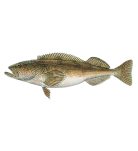
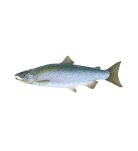
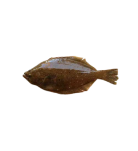
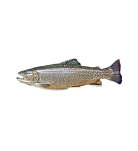
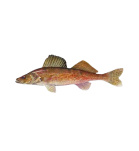
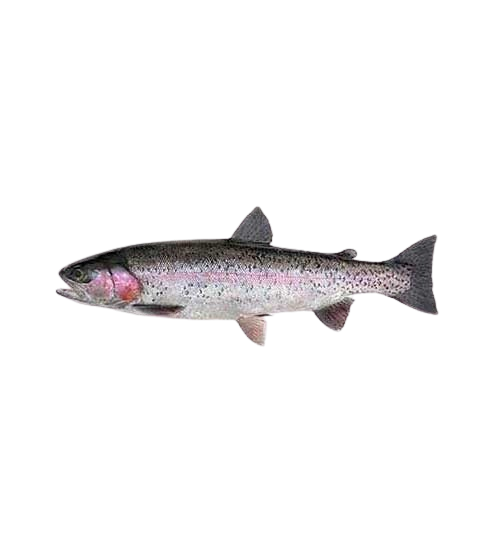
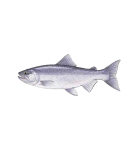
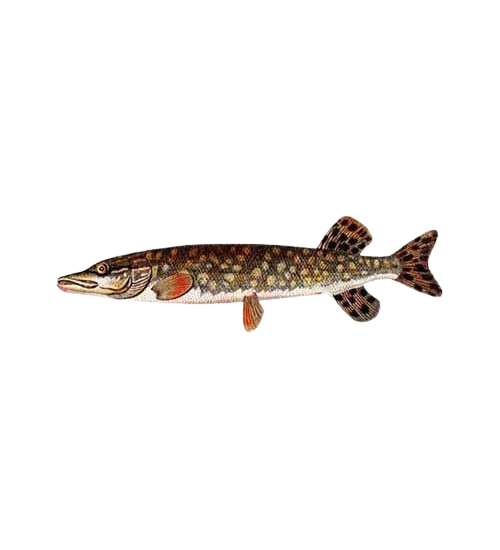
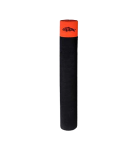
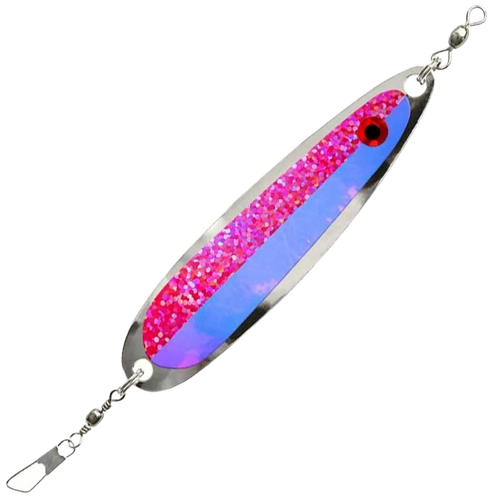
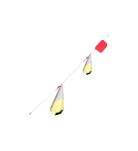
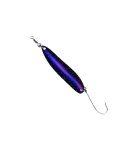
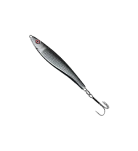
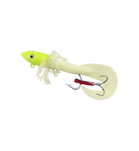
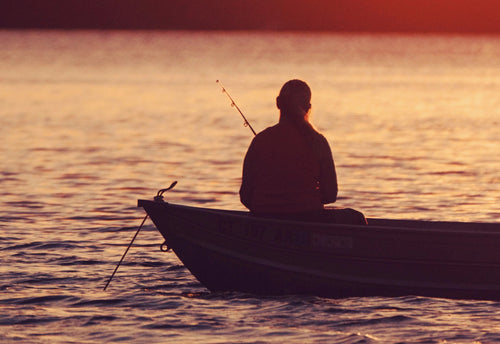
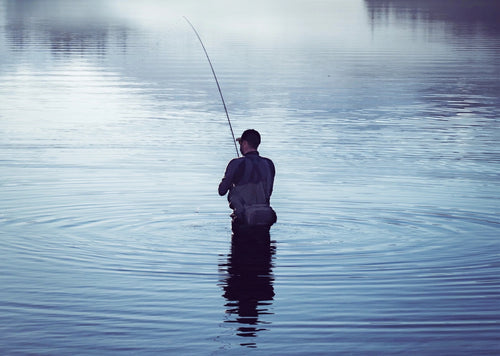
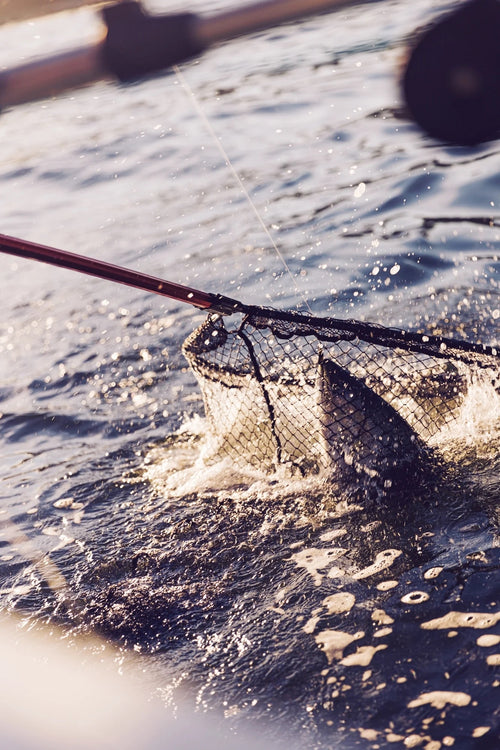
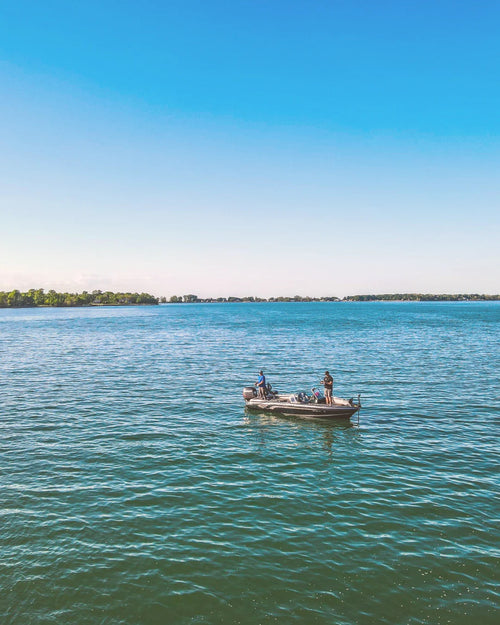
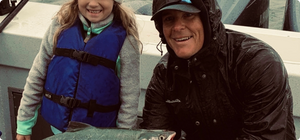
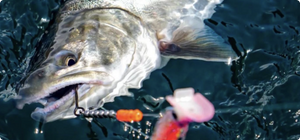
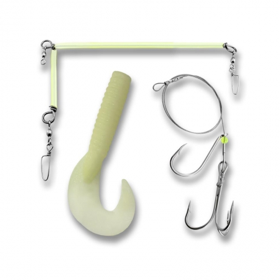
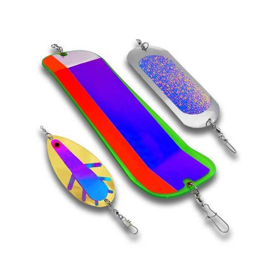
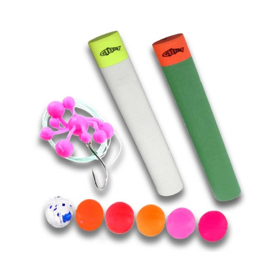
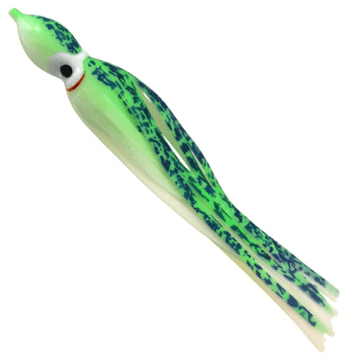
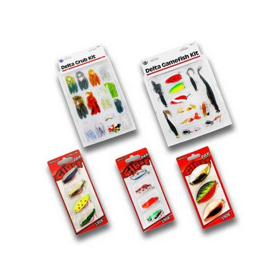
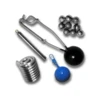
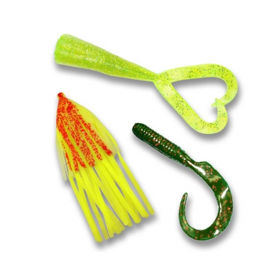
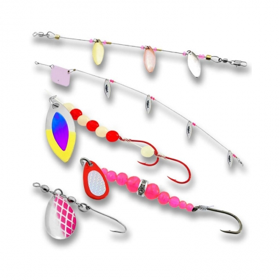
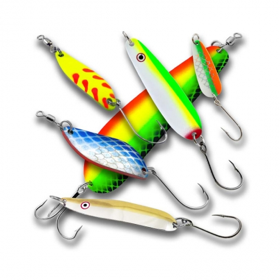

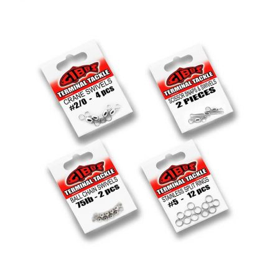
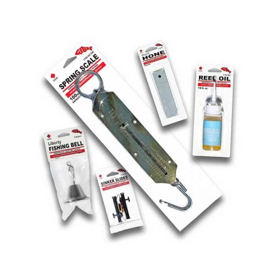
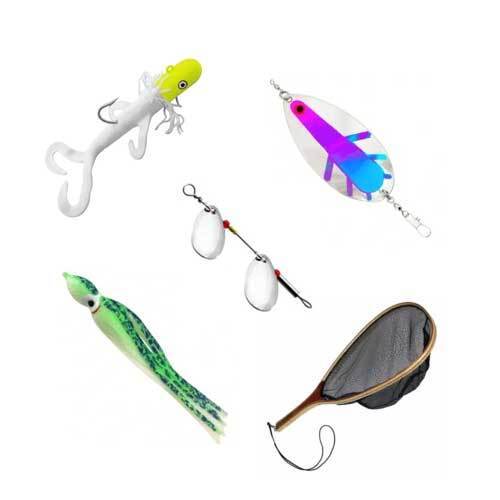
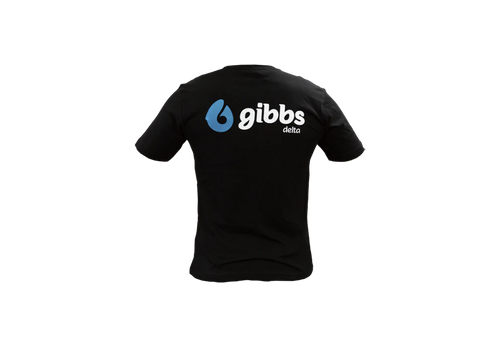
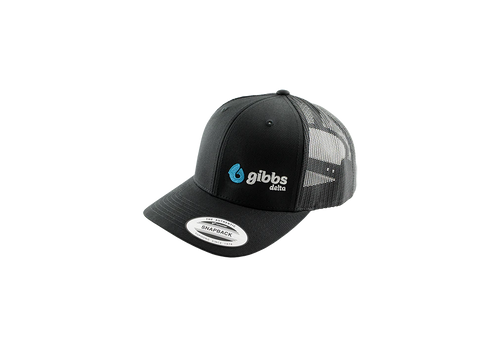
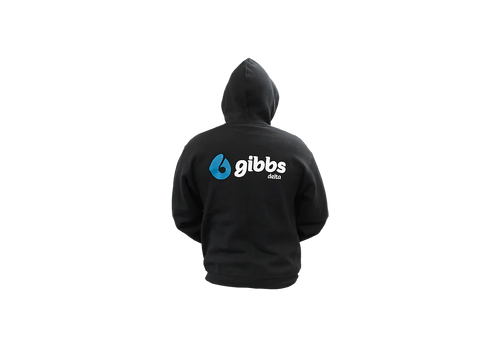






Leave a comment